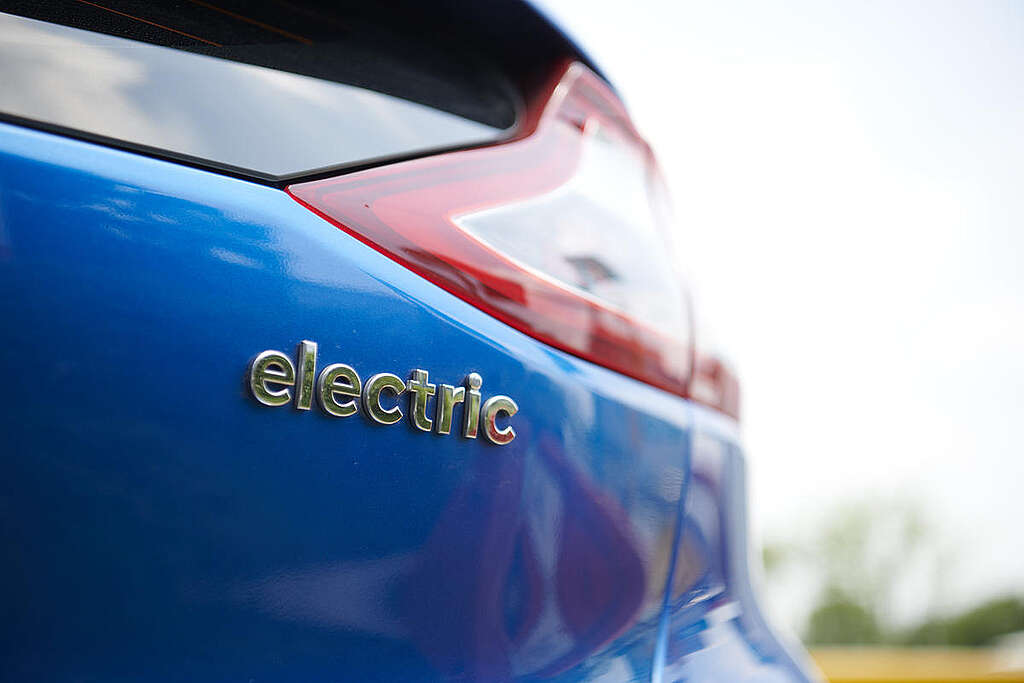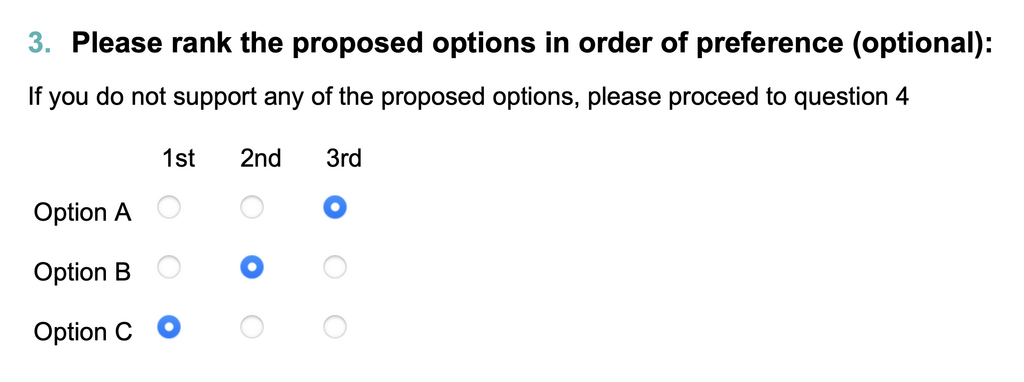The Government has just proposed New Vehicle Emissions Standards to limit pollution from newly sold cars. This is a big win for the climate, because transport is the third largest source of carbon pollution in Australia, and most of it comes from the dirty exhausts of diesel and petrol cars. If we don’t act, transport will become the worst polluter by 2030.

Greenpeace has been fighting for these pollution limits on cars for years, and we are almost there. But the proposal is not law yet – the Government needs to finalise the design of the standards and take them to Parliament. They are asking for your feedback until 4 March – we need everyone to make a submission calling for strong standards.
Making a submission is quick and easy. Here is a response guide for the form, with some points you might want to raise with the Government to make their proposal better. The answers below are a serving suggestion only – feel free to cook up a response as you see fit!
Step 1: Follow this link for an individual or an organisation
Step 2: Fill out the questions with your name and email
Question Response Guide
Question 3: Please rank the proposed options in order of preference
Answer:

Question 4: Briefly, what are your reasons for your choice? (optional, 3000 character limit)
Copy and paste into the open text box:
The climate crisis should determine target strength
The NVES should set emission targets over a timeframe that reflects the urgency of the climate crisis. This requires a transition to all new car sales being zero emission vehicles (ZEVs) by 2035 at the latest. Option C and B are both acceptable as they would make that goal achievable, but option C is preferable as it ramps up faster, and has stronger targets.
Moving faster will result in lower emissions and fuel savings for Australia over a longer period, compounding the benefits of the policy. The impact analysis estimates that by 2050, option C will reduce CO2 emissions by an additional 74 million tonnes, which will help the Government meet its climate targets in a context where other sectors face even greater challenges to reduce emissions.
Targets are sufficiently distant for supply to catch up
Option C and B have the same starting target in 2025, which gives car companies two years to prepare for the stricter targets under option C (which only kick in from 2026 onwards). Two years is sufficient time for car makers to adjust their supply, given the number of ZEVs already on the global market and more under development. Car companies have known of the Government’s intention to introduce some form of NVES since 2022, and 85% of the world is already covered by emissions standards, making this change foreseeable.
If there is a short period where a number of the most polluting vehicles in Australia increase in price due to penalties under Option C, that can be managed through car companies buying credits from 100% ZEV car makers, further subsidising their price, and encouraging the overall shift.
SUVs should be considered passenger vehicles
Option C and B rightly include SUVs in the passenger vehicle category. There is no justification for a higher CO2 limit for a vehicle that is larger due to consumer preference, rather than for a genuine utility or commercial reason (which is covered by the LCV category).
The NVES should encourage lighter vehicles
The Government should consider lowering the break point for vehicles to 1800 kg or less, or better yet, eliminating the weight based adjustment altogether, to encourage the purchase of smaller, lighter vehicles.
Penalties should be substantial
The EU has a penalty of $197 per g/km (AUD equivalent) for exceeding their CO2/km target – to get close to that, the penalty proposed under option C should be adopted in Australia.
Loopholes should be ruled out
Ruling out supercredits and loopholes are an excellent feature of both B and C. Banking and trading of credits is acceptable if limited in scope – these should not be expanded beyond the 2 years suggested by Option C.
Emissions should be tested in real time
The Government should also implement real-world testing of vehicle emissions ( onboard fuel consumption monitoring) to prevent manufacturers from producing laboratory testing which is inaccurate, as they have done in the past.
Question 5: Do you support the Government’s preferred option (Option B)? (optional)
Select ‘yes’

Now hit submit! You are done – now send this page to a friend and ask them to make a submission too.

